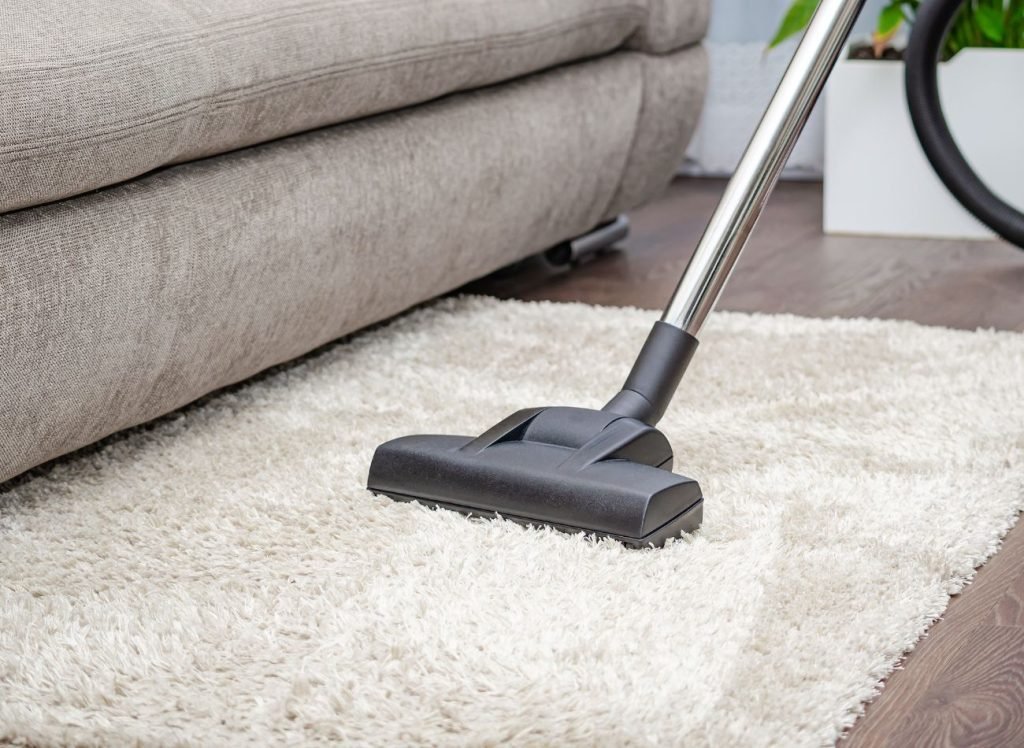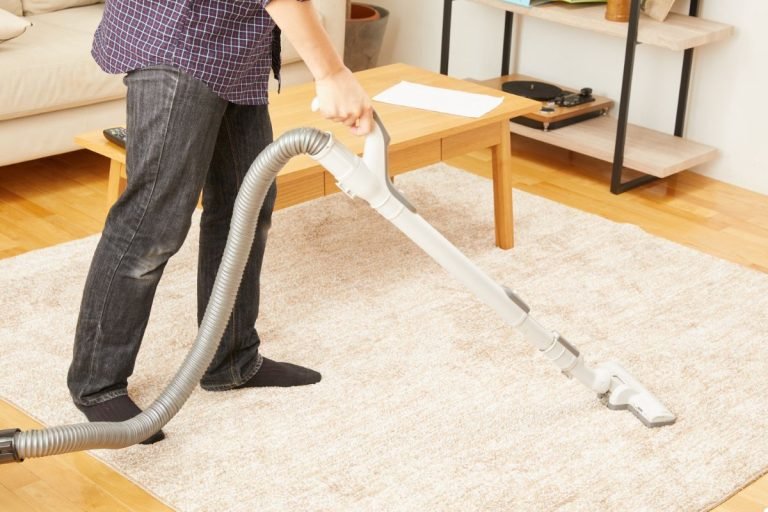Moving out can be an exciting yet challenging time. One of the significant tasks you might face is dealing with those pesky and tough stains that seem to appear out of nowhere. Knowing how to handle tough stains before moving out can make the transition smoother and ensure you leave your place in the best condition possible.
Ensuring your home is spotless not only helps with getting your security deposit back but also leaves a positive impression on future tenants or buyers. This article will guide you through effective methods to tackle those stubborn stains and make your moving process a breeze.

Understanding Different Types of Stains
1.1 Common Household Stains
In most households, you’re likely to encounter stains from food, beverages, oil, and dirt. These stains can settle into surfaces like carpets, walls, and furniture, making them difficult to remove.
1.2 Stain Severity
The severity of a stain can depend on several factors, including the type of material stained and the length of time the stain has been present. Tackling them appropriately requires understanding their nature.
Preparing for Stain Removal
2.1 Gathering the Right Supplies
Before you start, ensure you have the necessary supplies. This includes cleaning agents, brushes, cloths, and perhaps a vacuum cleaner. Having the right tools will make the job easier and more efficient.
2.2 Testing Cleaning Agents
It’s essential to test any cleaning agent on a small, inconspicuous area before applying it to the stain. This helps prevent further damage to the stained surface.
Specific Techniques for Common Stains
3.1 Removing Carpet Stains
Carpets can be tricky to clean, especially when stained. Use a mixture of baking soda and vinegar for most stains. For more detailed carpet cleaning tips, you can refer to this guide.
3.2 Tackling Wall Stains
Walls often get stained with fingerprints, food splatters, and more. A simple solution of soap and water can do wonders, but for more persistent stains, a mix of baking soda and water can be more effective.
3.3 Handling Upholstery Stains
For fabric upholstery, a gentle detergent mixed with water works well. Always blot, rather than rub, to avoid spreading the stain.
DIY vs. Professional Cleaning
4.1 When to DIY
DIY cleaning can be effective for minor stains or when you’re on a budget. However, it requires time and the right materials. Check out this comparison for more insights.
4.2 When to Call the Professionals
For more severe stains, or if you’re short on time, hiring professionals may be the best choice. They have the expertise and equipment to handle tough stains efficiently.
Maintaining a Stain-Free Environment
5.1 Regular Cleaning Habits
Regular maintenance is key to preventing stains. This includes vacuuming carpets often and wiping down surfaces daily.
5.2 Protective Measures
Consider using protective coverings on furniture and rugs to minimize the impact of spills and stains.

FAQs
What are the Best Products for Stain Removal?
There are numerous products available, but some of the best include vinegar, baking soda, and commercial stain removers. Always choose products that are safe for the specific surface you’re cleaning.
Can All Stains Be Removed?
While many stains can be removed with the right techniques and products, some might be too old or severe to eliminate completely. In such cases, professional cleaning or replacement might be necessary.
How Can I Prevent Stains in the Future?
Implementing regular cleaning routines and using protective coverings can significantly reduce the likelihood of stains. Being mindful of spills and cleaning them promptly also helps.
For a more detailed checklist on ensuring your home is spotless, you might find this external resource helpful.
In conclusion, handling tough stains before moving out is a task that requires patience, the right tools, and sometimes professional help. By following these tips, you can ensure a smoother transition and leave your home in pristine condition.
This article contains affiliate links. We may earn a commission at no extra cost to you.


